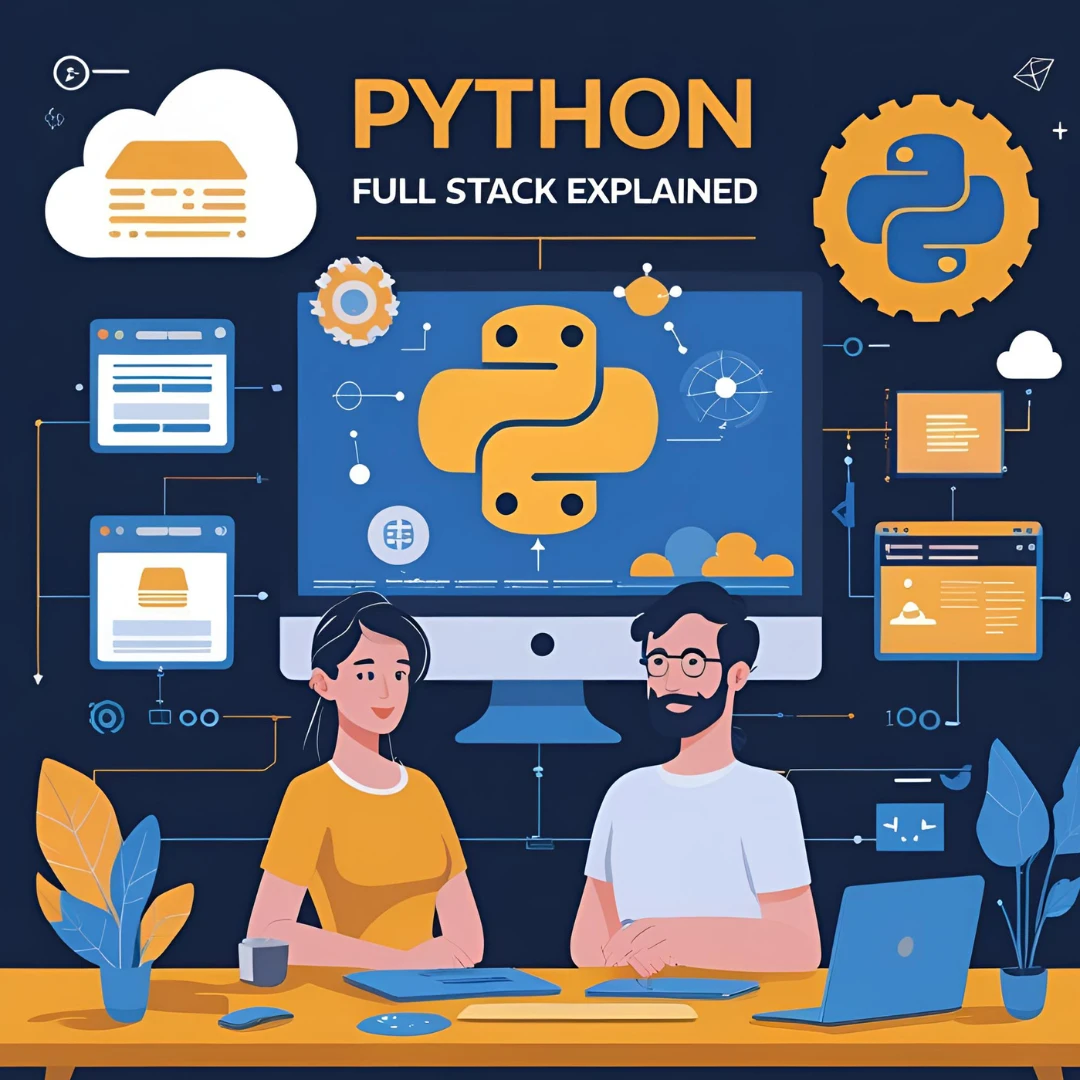Flask is perfect for microservices or lightweight apps.
You’ll use Flask to:
Create REST APIs
Integrate with frontends using Jinja2
Build chatbot interfaces or automation tools
Cloud Institution Learning Highlight:
Build a RESTful API using Flask and connect it to a React frontend to create a real-time chat application.

